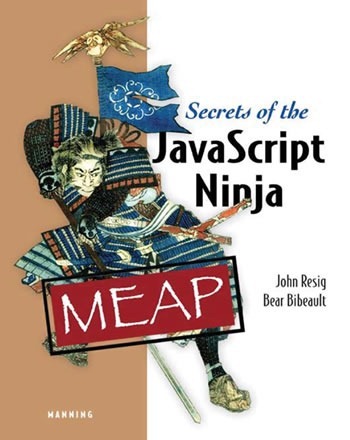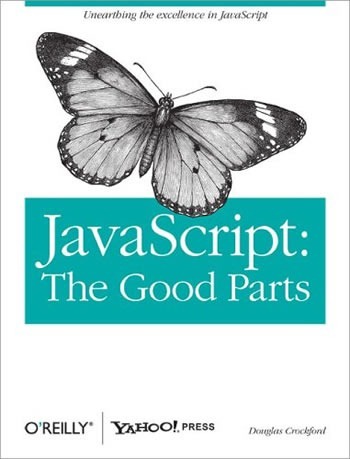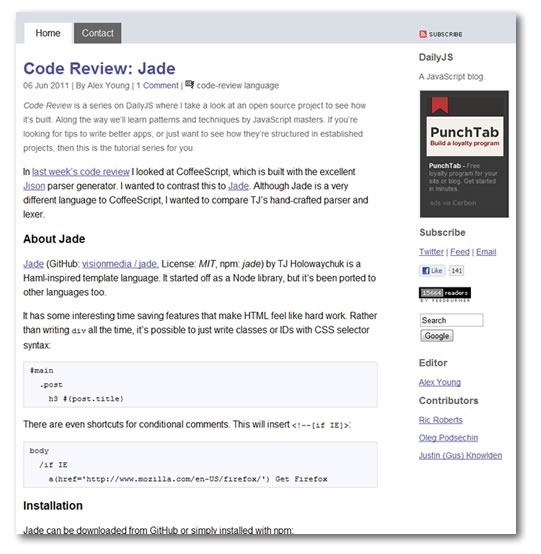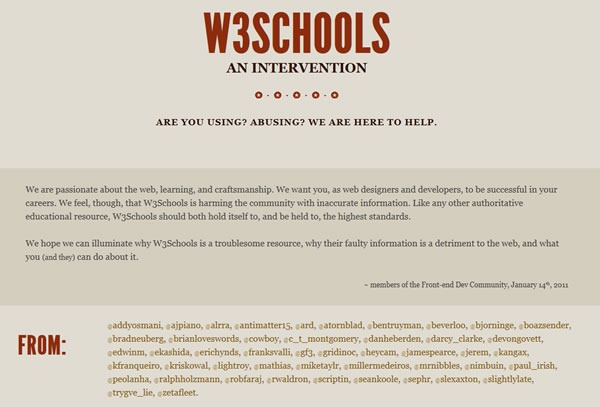The Quick ‘N’ Dirty Details
- When? Thursday, June 9, 2011, from 6:30 to 9:00 Eastern
- Where? Ted Rogers School of Management, Ryerson University, 55 Dundas Street West, Toronto
- Keynote? Howard Lindzon, cofounder and CEO of StockTwits
- Can you still register? Yes! Register here and pay the “late bloomer” price of $20
DemoCamp?
DemoCamp is my friend and former coworker David Crow’s creation and it’s pretty simple: it’s show and tell for the high-tech community. The original concept was to stand in front of your peers and present your current project – without slides. The only thing you were allowed to project on the big screen was your project in action. Since then, it’s grown to include Ignite presentations as well as keynotes from notable speakers.
DemoCamp is a community-building activity. It’s a chance for techies, creatives and businesspeople working in high tech, social media and related fields to get together, see what everyone’s up to, learn and make connections. Many presenters and attendees have benefited in all sorts of ways from going to DemoCamp: they’ve landed job offers, scored VC funding, found new employees, made new friends and discovered things they would’ve otherwise missed. If you haven’t been to DemoCamp yet, you should register and find out what it’s all about!
Howard Lindzon

Howard Lindzon [ @howardlindzon | blog | LinkedIn ] is co-founder and CEO of StockTwits – a social network for traders and investors to share real-time ideas and information. StockTwits was recently named “one of the top 10 most innovative companies in web” by FastCompany and one of the “50 best websites” by Time magazine.
Howard appeared at Startup Empire in Toronto in 2008. He is a charismatic, engaging and funny guy – I [David Crow, but hey, me too!] would love to have him on my board. But more importantly, he has a unique vision for for starting and successfully managing innovative companies, he is the Managing Partner of Social Leverage, a holding company that invests in early stage web businesses. He continues to manage a hedge fund he started in 1998.
He has more than twenty years experience in the financial community acting in both an entrepreneurial and investing capacity. With a knack for starting and successfully managing innovative companies, he’s the Managing Partner of Social Leverage, a holding company that invests in early stage web businesses.
Howard also created Wallstrip, and more than 400 original web video shows, which was purchased by CBS Corp. in 2007. He is an active angel with many success angel investments including: Rent.com, (purchased by Ebay in 2005 for $415 million), Golfnow.com (purchased by Comcast in June 2008), and Lifelock (lead investors include Bessemer Venture Partners and Kleiner Perkins Caufield & Byers). His new media and internet business investments also include: Limos.com, Blogtalkradio.com, Buddy Media, Ticketfly, Assistly, Bit.ly and Tweetdeck.
Howard received an MBA at Arizona State University and an MIM from The American Graduate School of International Management.
Want to catch this DemoCamp? Register here!
Want to Demo?
DemoCamp is always looking for people to demo their current project. If you think you’ve got something worthy, you should apply to demo!
This article also appears in The Adventures of Accordion Guy in the 21st Century.












